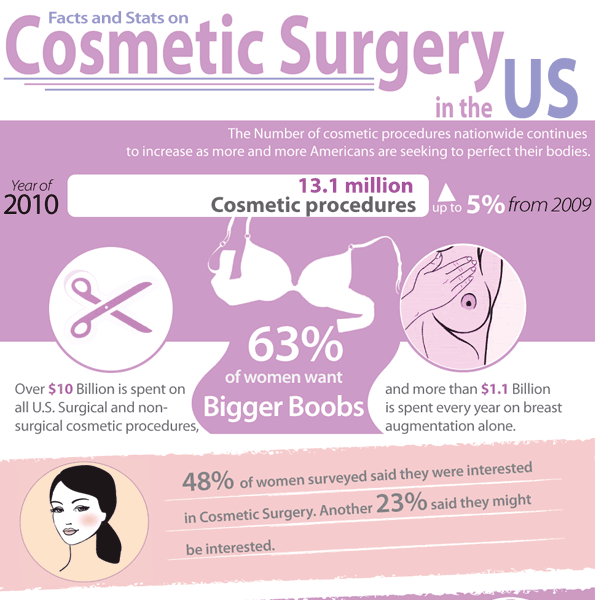Hormone acne is identified by clogged up pores and oily skin that typically shows up on the chin and jawline. It happens when hormonal changes cause swelling and bacterial overgrowth within hair roots.
Outbreaks might look like whiteheads, blackheads, papules or pustules and cysts or blemishes in more severe situations. It is a lot more typical in teenagers experiencing the age of puberty yet can affect adults of any age.
What Causes Hormonal Acne?
While acne can be caused by a variety of elements, including making use of hair and skin treatment items that aren't oil-free or made with active ingredients that can obstruct pores, hereditary proneness, diet regimen,2 and stress, the origin is fluctuating hormones. Hormonal acne occurs when the body experiences hormonal changes and fluctuations that lead to an overproduction of sebum, which causes inflammation, increased growth of bacteria and changes in skin cell activity.
Hormone acne is often found on the reduced jawline, cheeks and neck yet can show up anywhere on the body. It is identified by imperfections that are cystic, excruciating and loaded with pus or various other product. It is likewise most likely to take place in ladies than guys, especially during puberty, the menstruation, maternity or menopause.
Age
While lots of youngsters experience acne eventually during puberty, it can continue to plague grownups well right into adulthood. Referred to as hormonal acne, this form of outbreak is linked to variations in hormonal agents and is usually most typical in ladies.
Hormonal acne occurs when oil glands generate way too much sebum, which blocks pores and traps dead skin cells. This results in the formation of imperfections, such as whiteheads, blackheads and papules, pustules, cysts or blemishes, deep under the surface area.
This kind of blemish frequently causes discomfort, soreness and inflammation. It may also be intermittent and show up around the exact same time each month, such as right prior to your duration starts. This is because degrees of women hormones like progesterone and oestrogen vary with each menstrual cycle.
Menstruation
Hormonal acne generally appears in the reduced part of your face, along the jawline and cheeks, as whiteheads, blackheads get more info or inflammatory pimples (pimples and cysts). It's more than likely to show up around the time when your menstrual cycle adjustments.
Particularly around ovulation, when estrogen and progesterone levels get on the increase, hormone fluctuations can create breakouts. But it's likewise feasible to get acne at any factor during your 28-day menstrual cycle.
If you see that your hormonal acne flares up right prior to your period, attempt observing when exactly this happens and see if it connects to the phases of your 28-day menstruation. This will help you determine the source of your skin troubles. As an example, you may intend to service balancing your blood sugar level and eliminating high-sugar foods, or consider a prescription drug like spironolactone that can regulate your hormonal agents.
Pregnancy
Expanding an infant is a time of significant hormonal adjustments. For numerous females, this includes a flare-up of hormone acne. This kind of breakout normally begins in the initial trimester, around week six. It's brought on by hormone rises that stimulate sweat glands to make more oil, which can obstruct pores and trigger even more germs to accumulate.
Outbreaks may likewise occur as a result of pre-existing problems like polycystic ovary syndrome, which can likewise be a concern while pregnant and menopause. Likewise, some types of contraceptive pill (such as Ortho Tri-Cyclen and YAZ) can trigger hormone acne in some women.
The good news is, many acne therapies are "no-go" for pregnant females (including preferred acne-fighting ingredients such as isotretinoin and spironolactone). Yet if you can't prevent those annoying bumps, your medical professional may recommend dental erythromycin or cephalexin, which are risk-free while pregnant.
Menopause
As women come close to menopause, the estrogen levels that triggered their hormonal agent acne to flare up throughout puberty start to maintain and decrease. At the same time, nonetheless, a spike in androgens (also referred to as male hormonal agents) happens due to the fact that these hormones can not be exchanged estrogen as efficiently as in the past.
The excess of androgens can activate oil manufacturing by the sebaceous glands, which blocks pores. When the clogged up pores become irritated and aggravated, a pimple types.
Hormone acne is generally seen on the face, especially around the chin and jawline, but it can happen on the neck, back, shoulders, or upper body. This type of acne has a tendency to flare in an intermittent pattern, similar to the menstrual cycle. Anxiety, which increases cortisol and tosses hormones out of balance, likewise adds to the breakouts.
